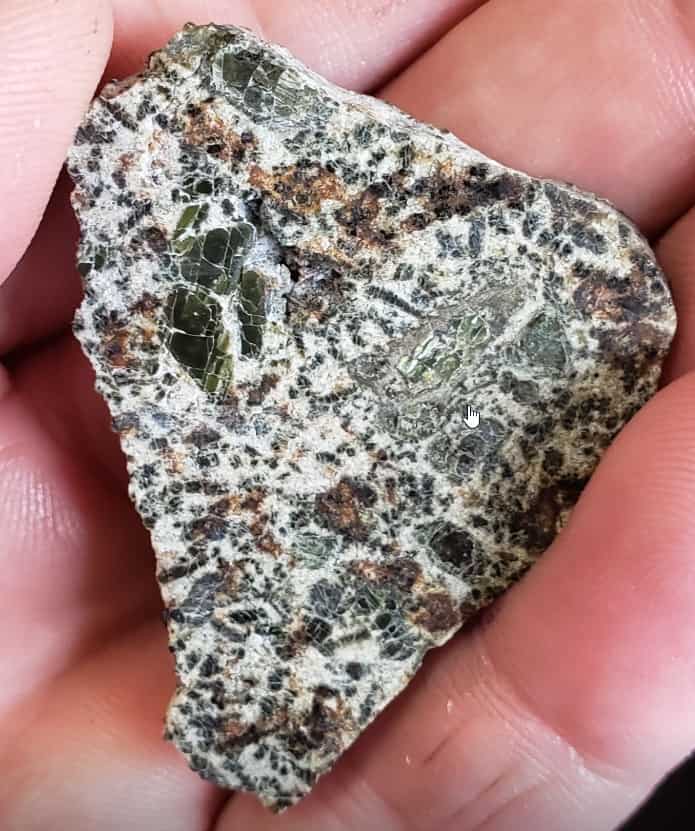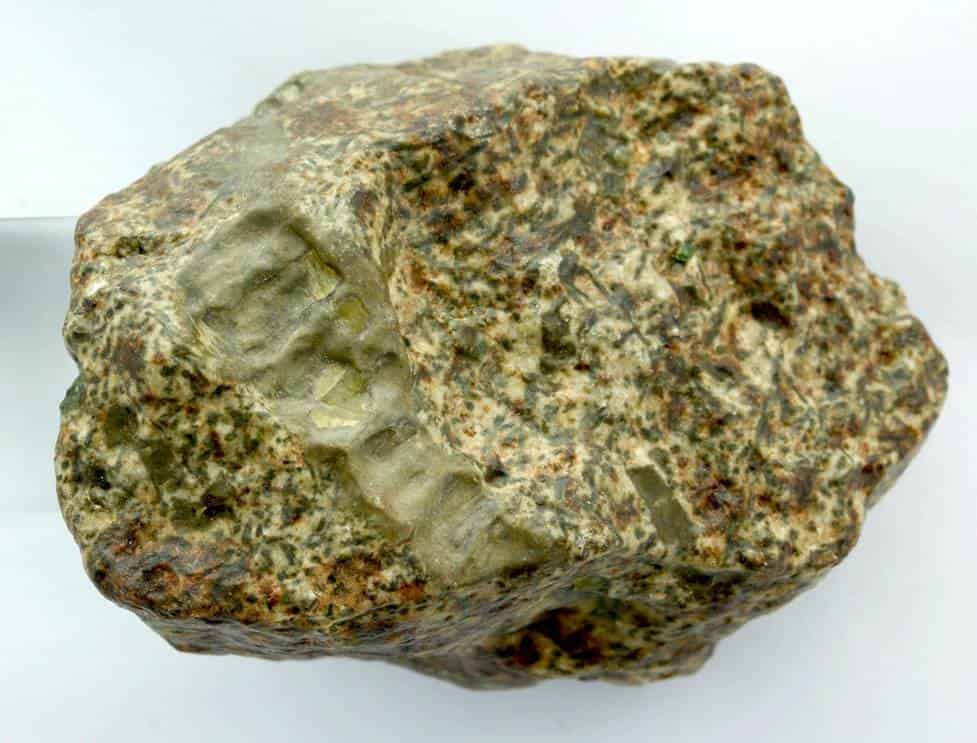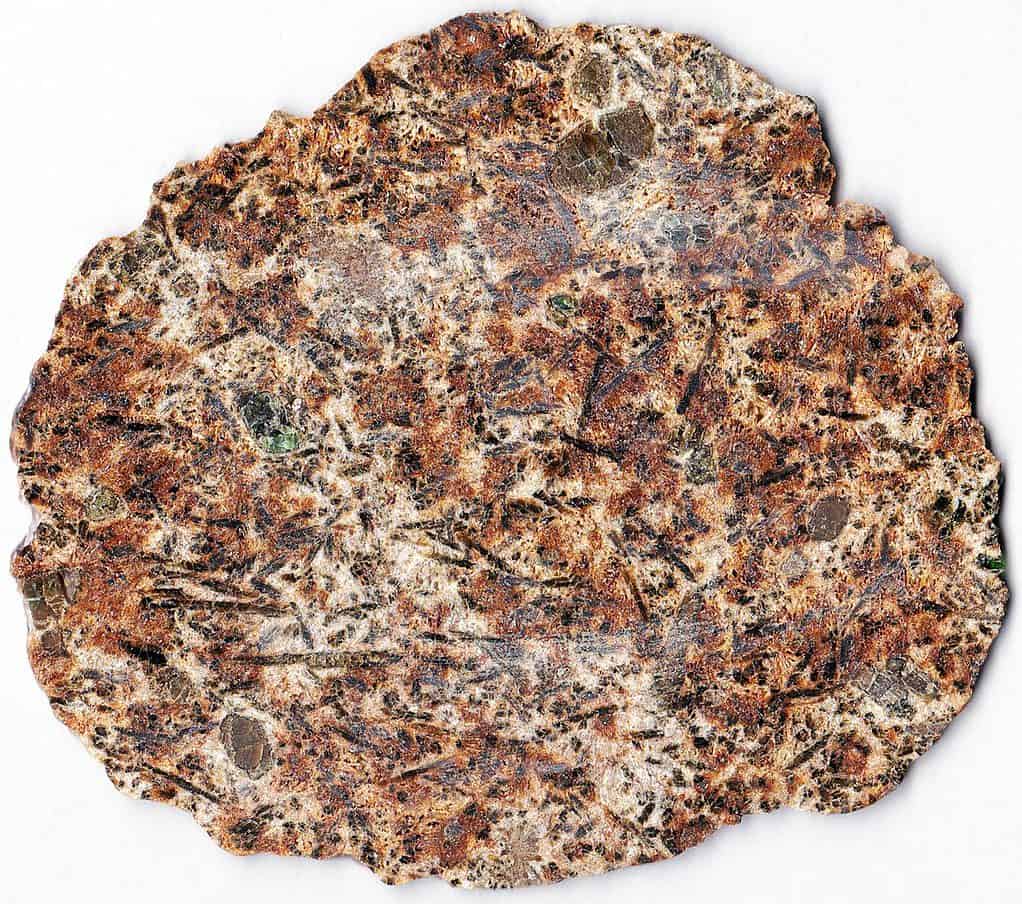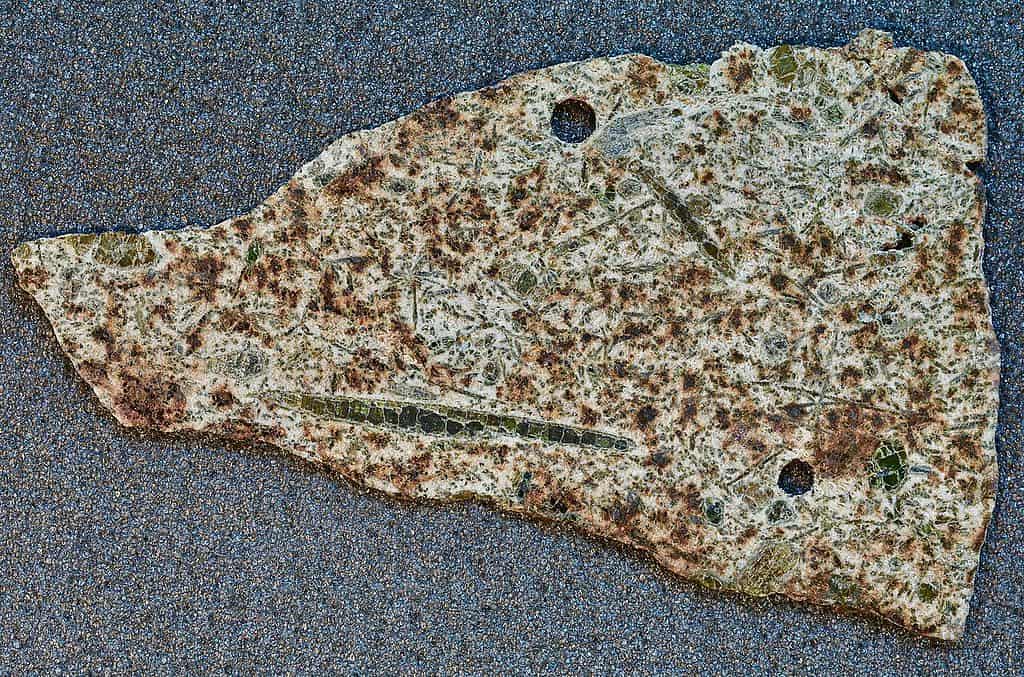To the knowledge of many people, there is a whole universe outside of earth with more planets, galaxies, and stars than we would ever know. Because the earth is ultimately a part of the universe, it is not uncommon to find otherworldly items lying around sometimes. One of the most common otherworldly objects to successfully pass over to this part of the universe are meteorites. Keep reading to discover five incredible findings from the oldest meteorite ever found.
What Are Meteorites?
A meteorite is a piece of solid debris from an object (comet, asteroid, or meteoroid) that originates in space, and makes it through the atmosphere to the surface of a planet or moon. In other words, it is any relatively sized, naturally occurring item from interplanetary space that makes it through the earth’s atmosphere and crashes to the planet’s surface. The final stage of these space rocks’ existence is meteorites.
These rocks were meteors prior to becoming meteorites, and they were first meteoroids before becoming meteors. Like planets, asteroids, and comets, meteoroids are pieces of rock or iron that orbit the sun. When a meteoroid collides with the atmosphere of earth, it turns into a meteor, and the gases around it suddenly ignite as “shooting stars.” Despite the fact that the majority of meteors burn up and dissolve in the atmosphere, many of these space rocks eventually fall to the earth as meteorites. One thing to note about meteorites is that they vary in size; some could be as big as boulders. The 1920 discovery of the Hoba meteorite in Namibia represents the largest meteorite ever found on Earth, weighing approximately 119,000 pounds (54,000 kg).
Though it might not seem like it, these space rocks are actually very important for a number of reasons. In recent times, experts have discovered that meteorites played significant roles in forming the earth’s continents. At some point in history, most of the world was connected by water and land, but the fall of some really huge meteorites caused some of them to separate and form different regions, which were then named continents. The development of planets and other celestial bodies can also be learned about from meteorites. A vital record of the evolution of our solar system can be found in meteorites. Scientists were able to calculate the age of the solar system with the help of studies of meteorites.
What is the Oldest Meteorite Ever Found?

The EC 002 is the oldest meteorite ever found on Earth.
©Anthony Irving (University of Washington) / domaine public – License
The oldest meteorite ever found landed in the Sahara desert in 2020. Officially called Erg Chech 002 (EC 002), this meteorite is older than the earth at about 4.6 billion years old. A party of hunters found the meteorite in 2020 in Algeria‘s Erg Chech section of the Sahara Desert. The meteorite was only recently discovered, but according to scientists, it struck the planet at least a century ago. The meteorite known as EC 002 is made up of many pieces that weigh a total of roughly 70 pounds and is named after its place of impact in the Erg Chech dune sea in Algeria. After examining this meteorite, experts observed several incredible findings from EC 002; here are a few of them.
1. EC 002 is Incredibly Old and Rare

EC 002 is mostly composed of volcanic rock that is abundant in sodium, iron, and magnesium.
©Anthony Irving (University of Washington) / domaine public – License
Unlike the majority of meteorites, EC 002 is not a chondrite; a hard rock created billions of years ago from dust and mineral grains of the early solar system. This meteorite is an achondrite. Achondrites are rocks ejected from the surface of planetary bodies and contain information on how those planets formed because of the similar characteristics they share.
Most of EC 002 is composed of volcanic rock abundant in sodium, iron, and magnesium. Experts claim that no other space rock with the same characteristics as the EC 002 has ever been found. The meteorite is significantly more unusual than other ones previously discovered on Earth.
2. Whatever Planet It Broke From Is Light Years Away
By analyzing the magnesium and aluminum isotopes in the rock, scientists were able to calculate that it was generated around 4.56 billion years ago, which is older than Earth, which is thought to be 4.54 billion years old. In other words, the EC 002 had been traveling even before the earth was formed. However, it cannot be determined whether or not the space rock was always traveling in the earth’s direction.
3. The Space Rock Was Once Lava

The EC 002’s age and mineral composition suggest that it came from the crust of a protoplanet.
©James St. John / CC BY 2.0 – License
An expert team of French and Japanese scientists studied the space rock and were able to determine that it was once liquid lava that cooled over 100,000 years ago to form the meteorite that was found.
The rock’s age and mineral composition suggest that it came from the crust of a protoplanet, a significant, rocky entity that was forming into a planet in our early solar system.
4. No Known Asteroid Looks Like EC 002

No other asteroid has the same characteristics as EC 002.
©Steve Jurvetson from Los Altos, USA / CC BY 2.0 – License
Additionally, experts mentioned that they could not find any other celestial bodies with wavelengths that matched those reflected by EC 002. In other words, there are no known space rocks that look like EC 002. Erg Chech 002 might not seem remarkable initially, with its green exterior and brown inside. However, it really is quite uncommon. No other asteroid has the same characteristics as EC 002, indicating that practically all of these other space rocks have vanished, either as a result of going on to serve as the building blocks for other planets or as a result of being obliterated.
5. The Space Rock Revealed Secrets of Our Solar System’s Formation

EC 002 is an andesite-type of volcanic rock.
©Steve Jurvetson / flickr – License
The EC 002 is an old andesite meteorite. Most of these achondrites are basaltic in nature and originate from one of two parent bodies. Because of this, there is a limit to what they can reveal about the variety of protoplanets in the early Solar System. However, EC 002 is an andesite-type of volcanic rock, not basaltic. Aluminum and magnesium’s radioactive decay suggests that these two minerals crystallized in a parent planet before Earth even formed. Scientists investigated the rarity of andesite in meteorites and discovered that the melting of chondritic debris could produce it. However, because EC 002 is one of a kind, there is no way to find out. It’s even feasible that EC 002’s protoplanetary siblings, who weren’t destroyed, helped create Earth, as EC 002 is a little older than Earth.
Up Next:
Discover the Oldest Tree in the World
Discover the 10 Oldest Countries in the World
How Old is the Oldest Neanderthal?
Discover the Ancient Elephant With Two Deadly Three Foot Spikes on Its Head
The photo featured at the top of this post is © Steve Jurvetson / flickr – License / Original
Sources
- Stacy Liberatore, Available here: https://www.dailymail.co.uk/sciencetech/article-9346939/4-6-BILLION-year-old-meteorite-discovered-Sahara-shed-light-early-solar-system.html
- Sandhya Ramesh, Available here: https://theprint.in/science/found-in-the-sahara-a-meteorite-older-than-earth-itself/618528/
- Ron Jefferson, Available here: https://www.sciencetimes.com/articles/35234/20211230/dec31-meteorite-ec-002-part-ancient-protoplanet-rock-older-earth.htm
Thank you for reading! Have some feedback for us? Contact the AZ Animals editorial team.






